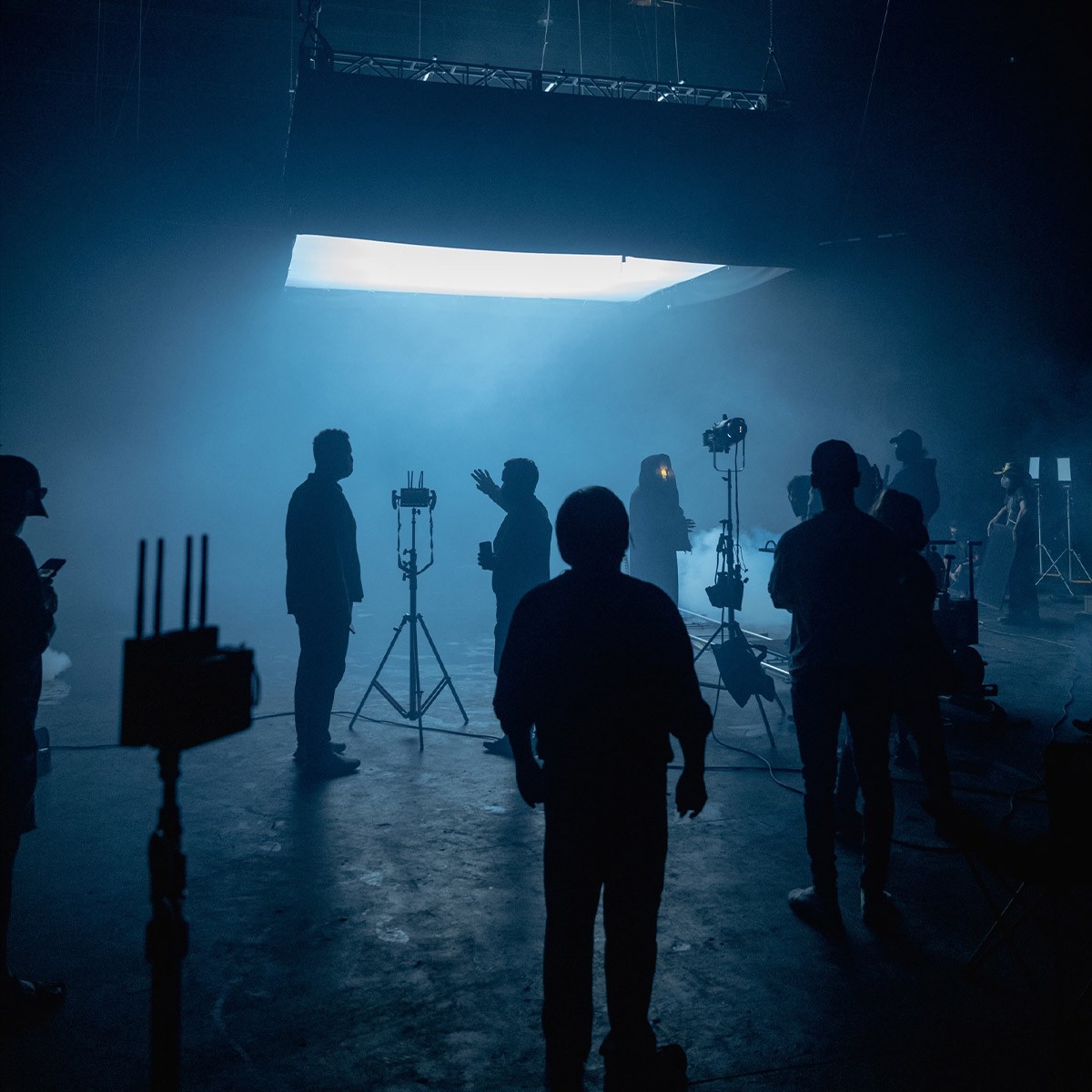Animation
Film Crew Position: 3D Animator

What does a 3D Animator do?
A 3D Animator is a specialized artist who creates three-dimensional moving images using computer software and various animation techniques. These professionals are adept at bringing characters, objects, and environments to life in a digital space, often for movies, television shows, video games, and virtual reality experiences. The artistry of a 3D Animator is central to modern visual effects and animation, making them integral to any production that requires dynamic and engaging visual storytelling.
What role does a 3D Animator play?
The role of a 3D Animator encompasses the creation of animated sequences, character rigging, texturing, skinning, and sometimes even lighting and rendering scenes. They work closely with other members of the production team to interpret storyboards and design concepts, ensuring that the final product aligns with the director's vision. Adept at using specialized animation software, these animators fine-tune movements to convey emotions and actions, making the characters and scenes feel as realistic and compelling as possible.
Do you need to go to college to be a 3D Animator?
While a formal college education is not always mandatory to become a 3D Animator, many professionals in the field hold degrees in animation, computer graphics, fine arts, or related disciplines. College programs can provide a comprehensive foundation in the principles of animation, software proficiency, and artistic techniques. Additionally, they often offer valuable networking opportunities and internships. However, a strong portfolio showcasing a range of skills can sometimes be just as important as a degree. Continuous self-learning and staying current with the latest industry software and trends are also crucial for long-term success in this field.
What skills do you need to be a 3D Animator?
3D Animators must possess a robust set of skills to excel in their craft. Key technical skills include proficiency in 3D animation software such as Maya, 3ds Max, or Blender, and an understanding of modeling, texturing, and rigging. Creativity and artistic talent are essential, along with a solid grasp of anatomy, physics, and motion to create believable animations. They must also have strong storytelling abilities, attention to detail, and the capacity to work as part of a team. Time management and communication skills are equally important, as projects often have tight deadlines and require collaboration with other departments.
New to filmmaking?
Get Free Template
Use our budget template to get a kick start on your film project. Get access to dozens of templates no matter what type of project!
